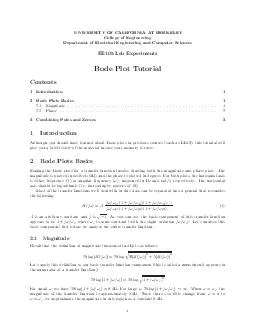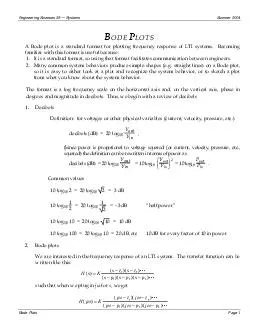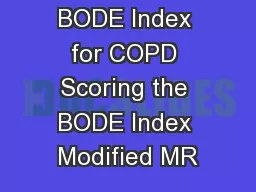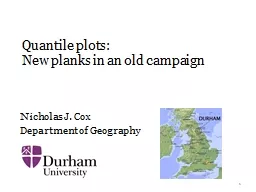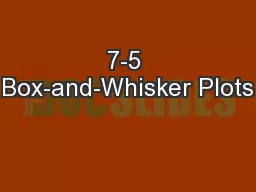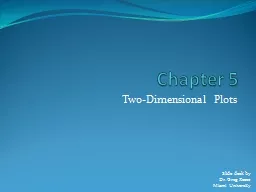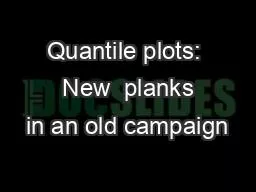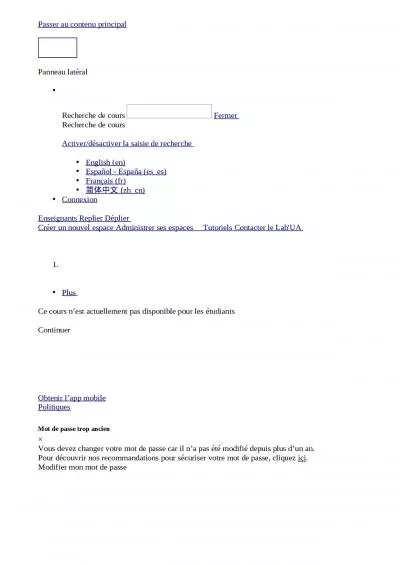PDF-UNIVERSITY OF CALIFORNIA AT BERKELEY College of Engineering Department of Electrical Engineering
Author : tawny-fly | Published Date : 2014-12-12
1 Magnitude 1 22 Phase 2 3 Combining Poles and Zeroes 1 Introduction Although you should have learned about Bode plots in previou s courses such as EE40 t
Presentation Embed Code
Download Presentation
Download Presentation The PPT/PDF document "UNIVERSITY OF CALIFORNIA AT BERKELEY Col..." is the property of its rightful owner. Permission is granted to download and print the materials on this website for personal, non-commercial use only, and to display it on your personal computer provided you do not modify the materials and that you retain all copyright notices contained in the materials. By downloading content from our website, you accept the terms of this agreement.
UNIVERSITY OF CALIFORNIA AT BERKELEY College of Engineering Department of Electrical Engineering: Transcript
Download Rules Of Document
"UNIVERSITY OF CALIFORNIA AT BERKELEY College of Engineering Department of Electrical Engineering"The content belongs to its owner. You may download and print it for personal use, without modification, and keep all copyright notices. By downloading, you agree to these terms.
Related Documents

